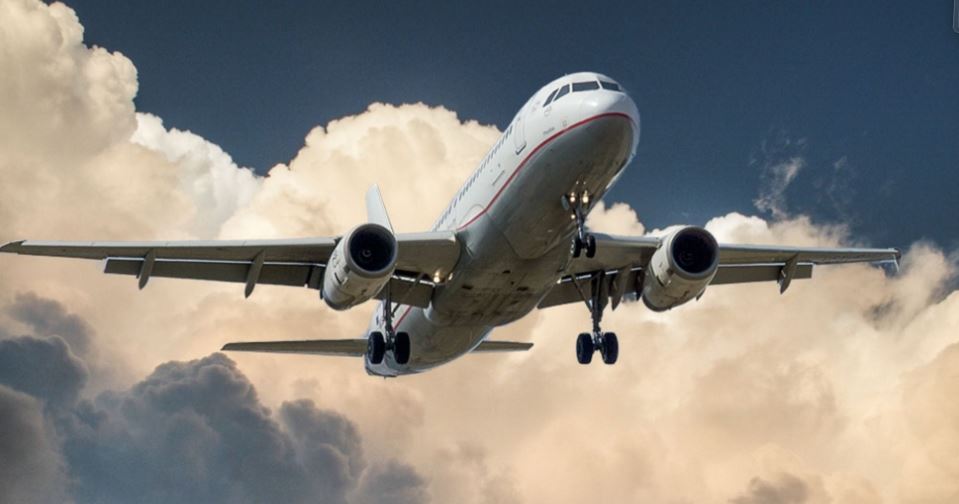Domestic air passenger traffic to witness 8-13% YoY growth in FY2024 to reach 150-155 million, thereby surpassing pre-Covid levels
Industry[1] net loss to decline significantly to Rs. 30-50 billion in FY2024 from an estimated Rs. 170-175 billion in FY2023
Rating agency ICRA maintained a Stable outlook on the Indian aviation industry, amidst the continued recovery in domestic and international air passenger traffic in FY2024, and improved pricing power of the carriers.
After the fast-paced recovery in FY2023, ICRA estimates growth in domestic air passenger traffic in FY2024 at 8-13%, thus reaching 150-155 million, surpassing the pre-COVID levels of 141.2 million in FY2020. During 5M FY2024, domestic air passenger traffic stood at 63.2 million, witnessing a YoY growth of 20% from 52.6 million in 5M FY2023, 7% higher than the pre-COVID levels of 58.9 million (5M FY2020). Further, the international passenger traffic for Indian carriers surpassed the pre-COVID levels in FY2023, although it trailed the peak levels of 25.9 million in FY2019. It is expected to cross this level in the current fiscal, with an estimated 25-27 million passengers.
Moreover, the industry witnessed better pricing power, as reflected in improved yields and thus the revenue per available seat kilometre – cost per available seat kilometre (RASK-CASK) spread of the airlines. The pricing power is expected to continue with a YoY decline in aviation turbine fuel (ATF) prices since April 2023 (notwithstanding the recent uptick) and relatively stable foreign exchange rates.

Commenting further, Suprio Banerjee, Vice President & Sector Head – Corporate Ratings, ICRA Limited, said: “Given the fast-paced recovery of air passenger traffic in FY2023 and continuation of the same in the current fiscal, coupled with improved pricing power, the RASK-CASK spread of some of the Indian airlines turned positive since Q3 FY2023. The industry is thus estimated to report a significantly lower net loss of ~Rs. 30-50 billion in FY2024 compared to an estimated ~Rs. 170-175 billion in FY2023.”
Despite a healthy recovery in passenger traffic and improvement in yields, the movement of the latter will remain a monitorable amidst elevated ATF prices and depreciation of the INR vis-à-vis the US$ compared to pre-covid levels, both of which have a major bearing on the airlines’ cost structure. The average ATF prices stood at Rs. 98,892/KL in 6M FY2024, 53% higher compared to an average of Rs. 64,715/KL during FY2020, albeit a decline of 18% compared to Rs. 121,013 /KL in FY2023. Fuel accounts for ~30-40% of the airlines’ expenses, while ~35-50% of the airlines’ operating expenses – including aircraft lease payments, fuel expenses, and a significant portion of aircraft and engine maintenance expenses – are denominated in US$ terms. Further, some airlines have foreign currency debt. While domestic airlines also have a partial natural hedge to the extent of earnings from their international operations, overall, they have net payables in foreign currency.
“The capacity addition for the industry in FY2023 was limited to around 6% of the FY2022 fleet of the airlines at ~700 aircraft. There are large aircraft purchase orders announced by various players in the industry. As per the indicative numbers, the total aircraft deliveries pending is close to ~1500, which is more than double the current fleet in operation. However, a large part of these is towards replacement of old aircraft with new fuel-efficient ones. ICRA believes that capacity addition for the industry will only be gradual. Aircraft manufacturers are facing supply-chain challenges, resulting in the grounding of aircraft by some airlines. This, in turn, impacts the overall capacities for airlines, and thus their cash flow generation, given the high fixed-cost nature of the business,” Banerjee added.
While some airlines have adequate liquidity and/or financial support from a strong parent, supporting their credit profile, the credit metrics and liquidity profile of the others will remain stressed over the near term, notwithstanding some improvement relative to the last few years.
[1] Aggregate of Air Asia (India) Limited, Air India Limited, Interglobe Aviation Limited, SpiceJet Limited, Tata SIA Airlines Limited

